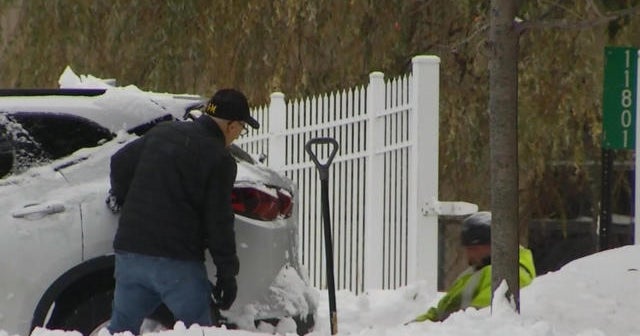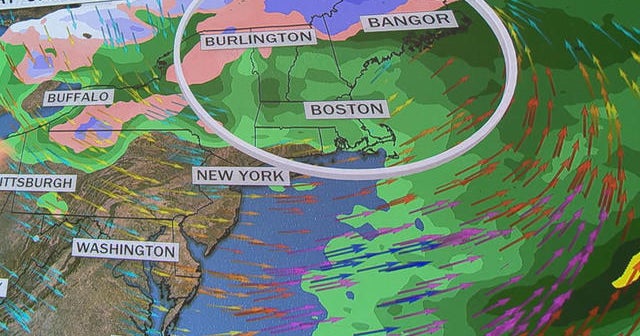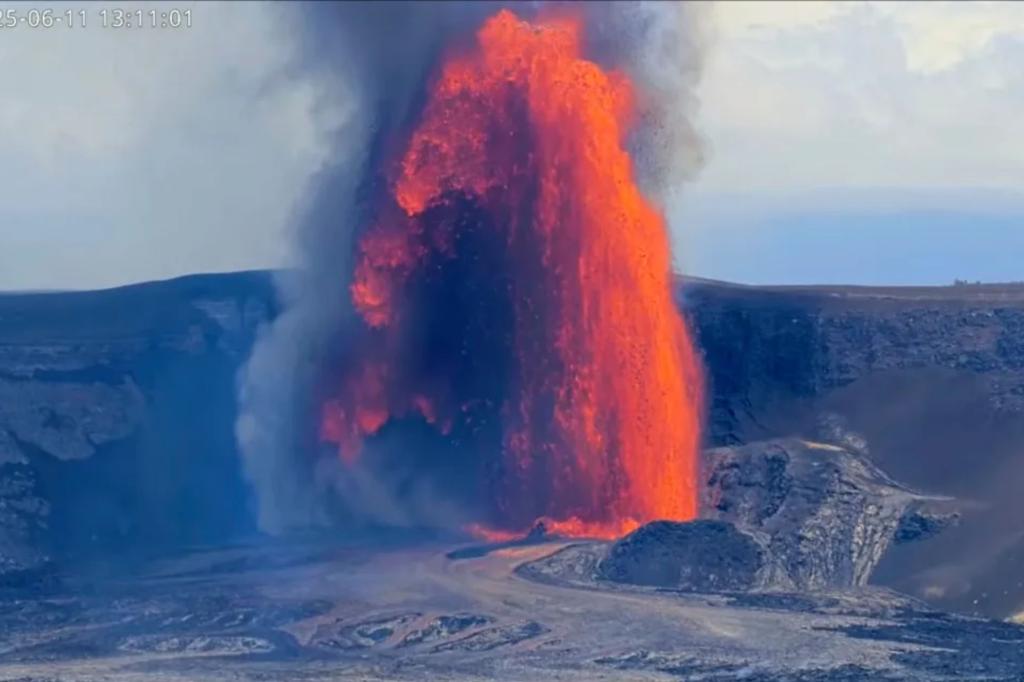Braving the Chill: Millions Face Life-Threatening Cold Snap
A brutal cold front has enveloped vast regions of the country, plunging millions into a desperate struggle against dangerously low temperatures. As thermometers dip further into the freezing abyss, authorities are sounding alarms regarding the risks posed to vulnerable populations. This deep freeze not only threatens lives but also jeopardizes livelihoods, compelling communities to find ways to endure the harsh conditions.
The Immediate Impact of the Cold Front
As the cold front sweeps across the nation, reports indicate that temperatures have plummeted to levels that can be life-threatening, particularly for the elderly, homeless, and those with pre-existing health conditions. In many regions, thermometers have registered record lows, prompting local governments to declare emergencies and mobilize resources.
- Emergency Shelters: Cities are opening emergency shelters to provide refuge for those without adequate heating.
- Heating Assistance Programs: Utility companies are offering assistance to help low-income families maintain heat in their homes.
- Public Health Alerts: Health officials are issuing warnings about frostbite and hypothermia, urging residents to limit outdoor exposure.
Understanding the Causes
To comprehend the severity of the current cold snap, it’s crucial to look beyond the immediate effects and analyze the underlying causes. Meteorologists attribute this extreme weather event to a combination of factors, including:
- Polar Vortex Disruption: Changes in the polar vortex have led to a shift in colder air masses, resulting in severe winter weather.
- Climate Change Effects: While climate change is often associated with warming trends, it has also been linked to more extreme weather events, including harsh winters.
Vulnerable Populations at Risk
The cold snap poses an increased risk for several demographic groups:
- The Elderly: Older adults often have reduced ability to regulate body temperature, making them more susceptible to cold-related illnesses.
- The Homeless: Those without stable housing face life-threatening conditions as they lack access to adequate shelter and warmth.
- Low-Income Families: Financial constraints can leave families unable to afford heating bills, forcing them to choose between warmth and other basic necessities.
Community Responses and Initiatives
Communities across the nation are mobilizing to combat the effects of the cold snap. Grassroots organizations, local governments, and volunteers are coming together to provide assistance:
- Warm Clothing Drives: Many organizations are collecting winter clothing to distribute to those in need.
- Food and Warmth Programs: Community kitchens and shelters are working overtime to provide hot meals and warm spaces.
- Awareness Campaigns: Public service announcements are educating residents on how to stay warm and safe during the extreme cold.
Long-Term Implications
While the immediate focus is on surviving the cold snap, the longer-term implications of such extreme weather cannot be overlooked. Climate scientists warn that as the planet continues to warm, the frequency and intensity of severe winter weather events may increase. This necessitates a reevaluation of infrastructure, emergency preparedness, and community resilience strategies.
Looking Ahead: Forecasting Future Cold Events
As meteorological patterns evolve, predicting future cold snaps becomes increasingly crucial. Climate models suggest that while warmer winters may become more common, the occurrence of severe cold spells could also rise due to the erratic nature of weather patterns:
- Enhanced Weather Monitoring: Improved forecasting technologies will be vital in predicting and preparing for future cold events.
- Policy Changes: Governments may need to implement new policies focused on climate resilience and the protection of vulnerable populations.
Conclusion
The current cold snap serves as a stark reminder of the vulnerabilities faced by millions during extreme weather events. As communities come together to support one another, it is essential to reflect on the broader climate trends that influence such occurrences. Moving forward, a collective commitment to preparedness and adaptation will be key in navigating the challenges posed by a changing climate.
See more Your Daily Weather


